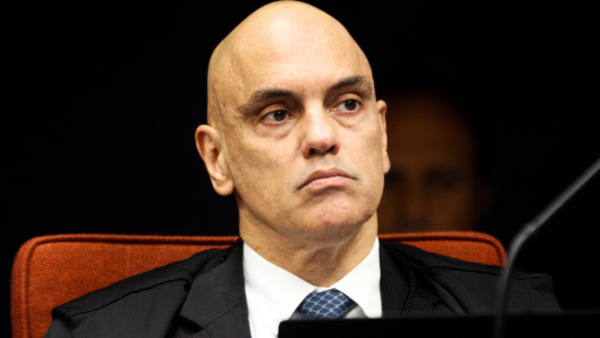It was not this time around: as expected, the Brazilian Central Bank on Wednesday held interest rates at 13.75 percent — but it did not allude to a possible change of course in its hawkish monetary policy, as many economists anticipated.
Central banks operate monetary policy looking 18 months or more ahead. They work with financial models designed to capture whether market expectations are “anchored,” that is, unchanged over time. Today’s messaging is that, after months of inflation cooling and strong Q1 GDP results, the Central Bank still doesn’t believe this is the case regarding Brazil’s consumer prices outlook.
Brazilian consumer prices aren’t climbing as quickly as they once were.
The IPCA benchmark index rose by just 0.23 percent in May, and the 12-month inflation rate stands at 3.94 percent, after decelerating in each of the past 11 months. Core inflation, which excludes more volatile prices and is an important measure for determining whether price increase trends are structural, has fallen within the government’s inflation target band.
But the Central Bank’s Monetary Policy Committee on Wednesday said the current scenario remains characterized by a slow disinflationary process and by “unanchored inflation expectations” and emphasized that “various measures of underlying inflation remain above the range compatible with meeting the inflation target.”
The committee reaffirmed “its commitment to set monetary policy to meet the targets and judges that the strategy of maintaining the Selic rate for a long period has been adequate to ensure the convergence of inflation.”
It was nevertheless less hawkish than in May, when it made the point that it would “not hesitate to resume the adjustment cycle if the disinflation process does not go as expected.”
Mario Sergio Lima, a senior analyst at Medley Global Advisors, believes the change of tone is noteworthy. “It allows the bank to cut rates in August or, what I believe is likelier, September — without committing to one way or the other,” he tells The Brazilian Report.
Looking at the external market, the bank stressed that most monetary authorities are signaling a prolonged period of high interest rates to fight inflationary pressures, which also requires greater caution from emerging countries.
Inflation forecasts for 2023 have fallen sharply in the last five weeks, from 6.02 percent in early June to 5.12 percent last Monday, according to the latest Central Bank Focus Report — a weekly survey of the country’s leading financial institutions.
At the same time, several of the country’s economic activity indicators came in stronger than previously forecast by economists in the last few months. Brazil’s GDP grew at an annual rate of 4 percent in this year’s first quarter and 1.9 percent over Q4 2022, driven primarily by agribusiness and a soybean supercrop.
Sky-high interest rates, which have contributed to the high indebtedness levels of families and companies, have received relentless criticism from the government. Much more is to be expected.


 Search
Search






































